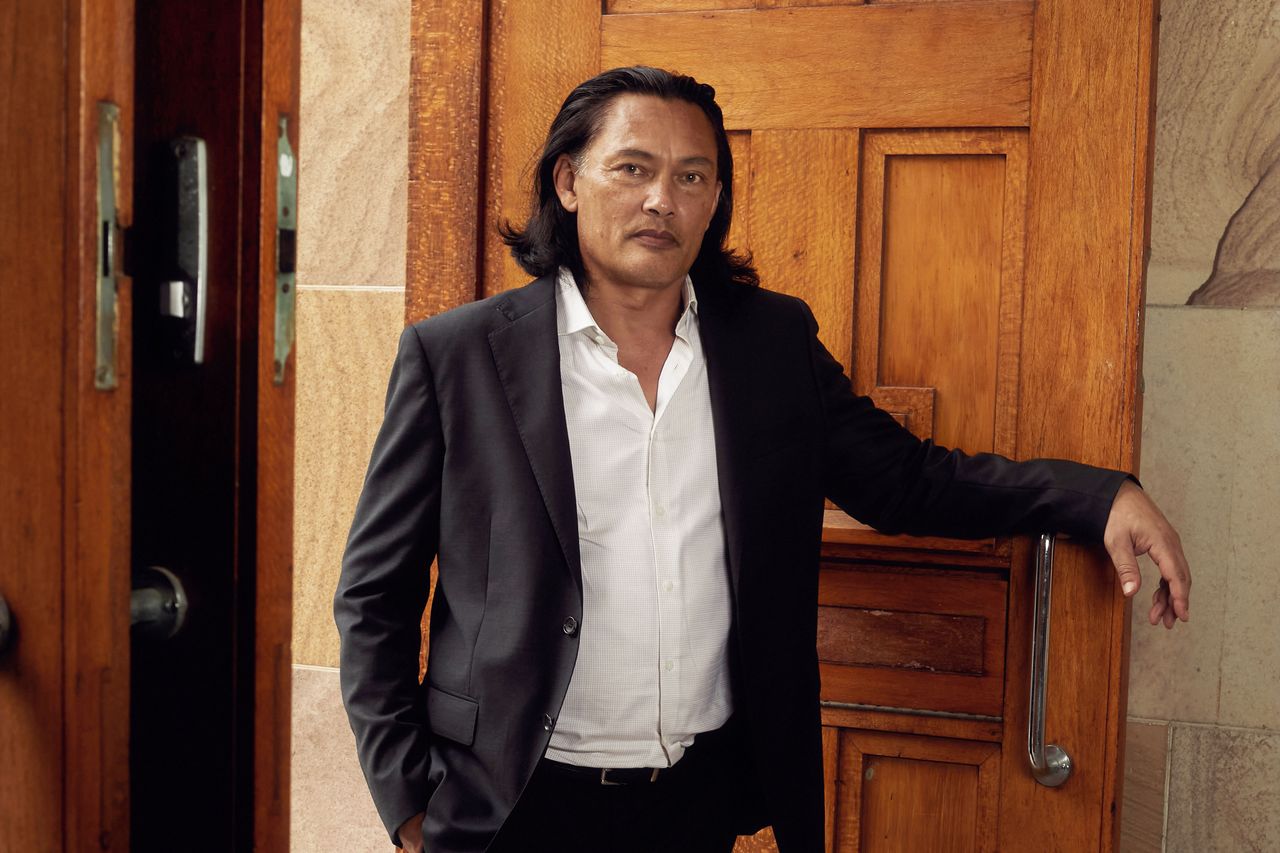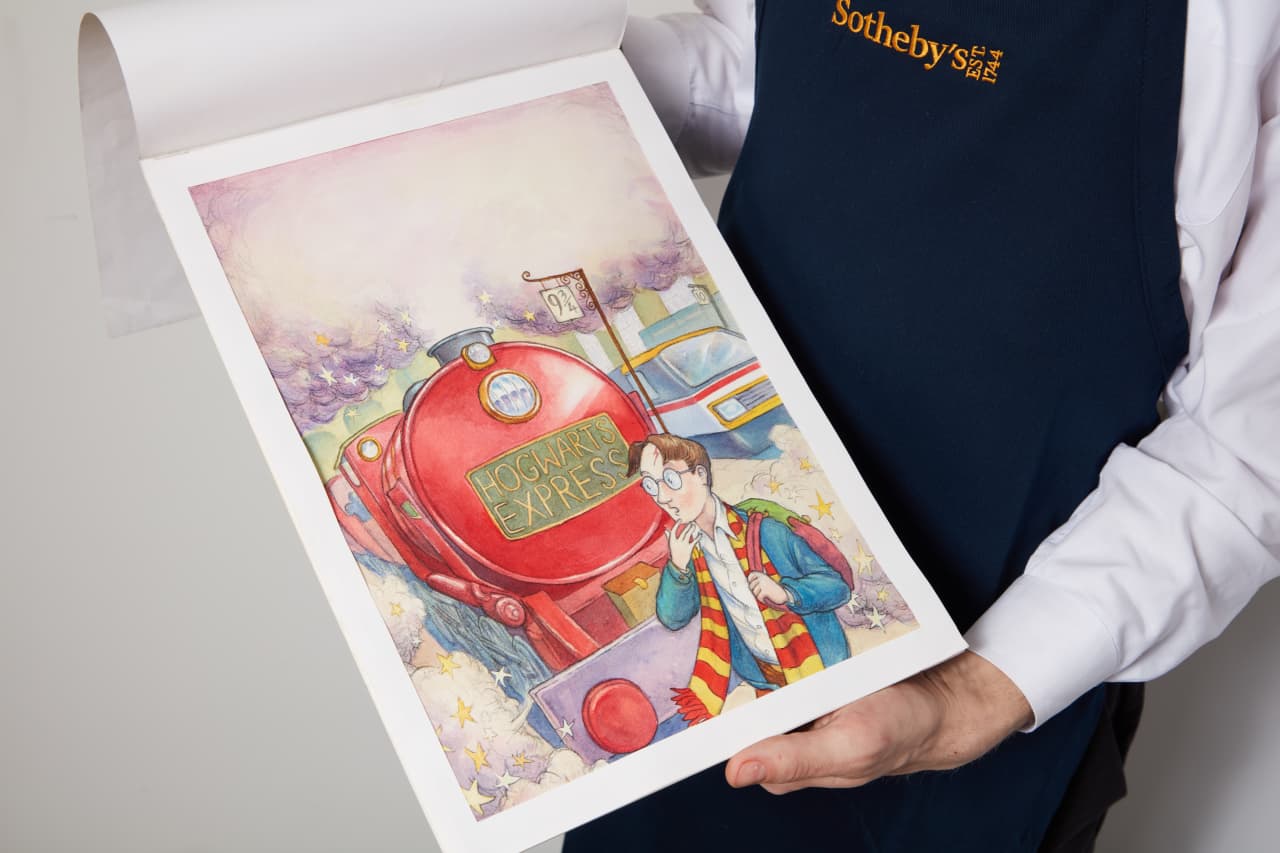Could a ‘Carbon Coin’ Save the Planet?
Australian civil engineer Delton Chen explains his idea for a new currency.
In “The Ministry for the Future,” the 2020 climate-catastrophe novel by Kim Stanley Robinson, a new financial tool helps pull the world back from the edge of a global ecological meltdown: the carbon coin.
Backed by the world’s central banks, this new currency is deployed around the globe to pay fossil-fuel companies and petrostates to leave their reserves in the ground. It’s also used to reward businesses and individuals for sequestering carbon. By the end of Mr. Robinson’s book, the global economy is largely run on carbon coins, with projects around the world rapidly drawing carbon out of the atmosphere.
Mr. Robinson didn’t cook up the carbon-coin idea out of thin air. It’s the brainchild of Australian civil engineer Delton Chen. He’s the founder of the Global Carbon Reward initiative, which aims to create financial incentives to drive down carbon emissions.
While ambitious, the carbon-coin scheme remains far from seeing the light of day and would face fierce opposition from both the political and financial realms. In Mr. Robinson’s book, for instance, U.S. Federal Reserve officials express fears that the carbon coin could threaten the stability of the dollar, the world’s reserve currency.
Mr. Chen said that shouldn’t be a problem as the carbon currency, as he envisions it, couldn’t be used as a medium of exchange.
We recently caught up with Mr. Chen to ask him how it would work.
Most people are familiar with the idea of a carbon tax, which penalizes companies for consuming fossil fuels. Your idea, a carbon currency that provides tangible rewards for cutting carbon emissions or removing carbon from the atmosphere, is the reverse—a carrot instead of a stick.
The carbon currency is a new kind of carrot, and it’s the tool for what’s called a global carbon reward. It’s different from other carbon-pricing systems that economists have recommended. A “reward” is different from a typical subsidy, because the value of the reward will be managed with monetary policies [controlled by central banks]. Subsidies are managed with fiscal policies.
The great advantage of shifting to a monetary policy is that it has the potential to resolve a wide collection of very nasty socioeconomic problems, including the climate finance gap and the current lack of international cooperation.
From the perspective of businesses, the carbon currency will be a debt-free revenue source with a predictable value, but it will also require that each business that wants to earn the carbon currency must accept a long-term service-level agreement. The service-level agreement will ensure that one unit of the carbon currency is issued for one metric ton of carbon dioxide equivalent that has been mitigated for the long-term, such as a 100-year duration.
How would the carbon currency be funded?
A very important distinction is that the carbon currency will not create any direct costs for governments, businesses or citizens. The costs will be covered by a globally coordinated central-bank guarantee. This guarantee will trigger private currency trading and investing in the carbon currency.
What are some specific examples of actions people or companies can take that will earn rewards?
First, by producing cleaner energy commodities. Second, by developing cleaner business models. Third, by removing carbon from the atmosphere.
The reward rules will be designed to encourage large energy companies and state-owned enterprises to decarbonize at the maximum rate that is technically feasible, and well ahead of the market demand for new clean energy.
One hypothetical example is a multinational energy company that decides to implement a comprehensive plan to switch to 100% renewable energy production and to retire its fossil energy reserves—for earning the reward.
Outside energy, what other economic sectors could take advantage of the carbon currency?
Reward rules can be developed for all sectors, including for small and medium-size businesses, and households—as long as the mitigation outcome is significant.
A hypothetical example might be a farm that transitions from animal meat production to producing vegetarian meat substitutes. The farm might combine agroforestry with soil carbon sequestration. If it is a community farm, especially in a developing country, then there are opportunities to provide co-benefits for communities and ecosystems.
Another avenue for earning the carbon currency is through lowering the carbon footprint of households.
Many companies—as well as countries—have already made pledges to reduce their carbon emissions to net zero in the next few decades. Would a carbon currency help accelerate the process?
Ideally, the value of the carbon currency will be calibrated to explicitly meet the Paris goals. In this way, the carbon currency can accelerate and guide the transition to global net-zero. Indeed, the carbon currency should become a permanent feature of the world economy.
There are two inherent limitations of existing pledges made by companies and countries. The first problem is that these pledges might not be backed by actionable plans and financial capital. The second problem is that for the companies and countries that set themselves very ambitious pledges, their motivation to reach those targets is compromised by other companies and countries that are continuing to benefit from the consumption of fossil fuels. This is sometimes described as the prisoner’s dilemma.
Do you see any downsides to the policy or significant hurdles to putting it in place?
I don’t see any significant downside. The new theory is posing a direct challenge to the standard theory for externalized costs. By proposing an explicit reward price for mitigated carbon, I’m asking economists to revise their conceptualization of the market failure. In other words, I’m proposing that a reward price—backed by central banks—is needed to address the systemic risk. The new policy is also more complex than standard policies, such as carbon taxes. It will require a more sophisticated approach to carbon accounting and monetary policy.
The main hurdle for advancing this policy is simply to find financial sponsorship to undertake the economic analysis and to complete a carbon-currency demonstration. When the policy is eventually examined by governments, I think many people will sit up and take notice because we are facing major systemic risks and we need a globally coordinated response.
When did the idea for the carbon reward come to you? You’re a civil engineer, not an economist.
I became curious about carbon pricing in late 2013. Back then I viewed the carbon-currency idea as having several useful attributes, but at that time I had no training in economics. So not surprising that it took me nearly eight years to develop the Global Carbon Reward policy. My goal was—and still is—to resolve every conundrum in climate-change economics with an interdisciplinary theory that’s compatible with neoclassical economics. I’m looking for a theory that’s consistent with sociology, ecology, biology, chemistry and physics. I think that I may have cracked this problem.
 Copyright 2020, Dow Jones & Company, Inc. All Rights Reserved Worldwide. LEARN MORE
Copyright 2020, Dow Jones & Company, Inc. All Rights Reserved Worldwide. LEARN MORE
This stylish family home combines a classic palette and finishes with a flexible floorplan
Just 55 minutes from Sydney, make this your creative getaway located in the majestic Hawkesbury region.
Continued stagflation and cost of living pressures are causing couples to think twice about starting a family, new data has revealed, with long term impacts expected
Australia is in the midst of a ‘baby recession’ with preliminary estimates showing the number of births in 2023 fell by more than four percent to the lowest level since 2006, according to KPMG. The consultancy firm says this reflects the impact of cost-of-living pressures on the feasibility of younger Australians starting a family.
KPMG estimates that 289,100 babies were born in 2023. This compares to 300,684 babies in 2022 and 309,996 in 2021, according to the Australian Bureau of Statistics (ABS). KPMG urban economist Terry Rawnsley said weak economic growth often leads to a reduced number of births. In 2023, ABS data shows gross domestic product (GDP) fell to 1.5 percent. Despite the population growing by 2.5 percent in 2023, GDP on a per capita basis went into negative territory, down one percent over the 12 months.
“Birth rates provide insight into long-term population growth as well as the current confidence of Australian families,” said Mr Rawnsley. “We haven’t seen such a sharp drop in births in Australia since the period of economic stagflation in the 1970s, which coincided with the initial widespread adoption of the contraceptive pill.”
Mr Rawnsley said many Australian couples delayed starting a family while the pandemic played out in 2020. The number of births fell from 305,832 in 2019 to 294,369 in 2020. Then in 2021, strong employment and vast amounts of stimulus money, along with high household savings due to lockdowns, gave couples better financial means to have a baby. This led to a rebound in births.
However, the re-opening of the global economy in 2022 led to soaring inflation. By the start of 2023, the Australian consumer price index (CPI) had risen to its highest level since 1990 at 7.8 percent per annum. By that stage, the Reserve Bank had already commenced an aggressive rate-hiking strategy to fight inflation and had raised the cash rate every month between May and December 2022.
Five more rate hikes during 2023 put further pressure on couples with mortgages and put the brakes on family formation. “This combination of the pandemic and rapid economic changes explains the spike and subsequent sharp decline in birth rates we have observed over the past four years,” Mr Rawnsley said.
The impact of high costs of living on couples’ decision to have a baby is highlighted in births data for the capital cities. KPMG estimates there were 60,860 births in Sydney in 2023, down 8.6 percent from 2019. There were 56,270 births in Melbourne, down 7.3 percent. In Perth, there were 25,020 births, down 6 percent, while in Brisbane there were 30,250 births, down 4.3 percent. Canberra was the only capital city where there was no fall in the number of births in 2023 compared to 2019.
“CPI growth in Canberra has been slightly subdued compared to that in other major cities, and the economic outlook has remained strong,” Mr Rawnsley said. “This means families have not been hurting as much as those in other capital cities, and in turn, we’ve seen a stabilisation of births in the ACT.”
This stylish family home combines a classic palette and finishes with a flexible floorplan
Just 55 minutes from Sydney, make this your creative getaway located in the majestic Hawkesbury region.






















